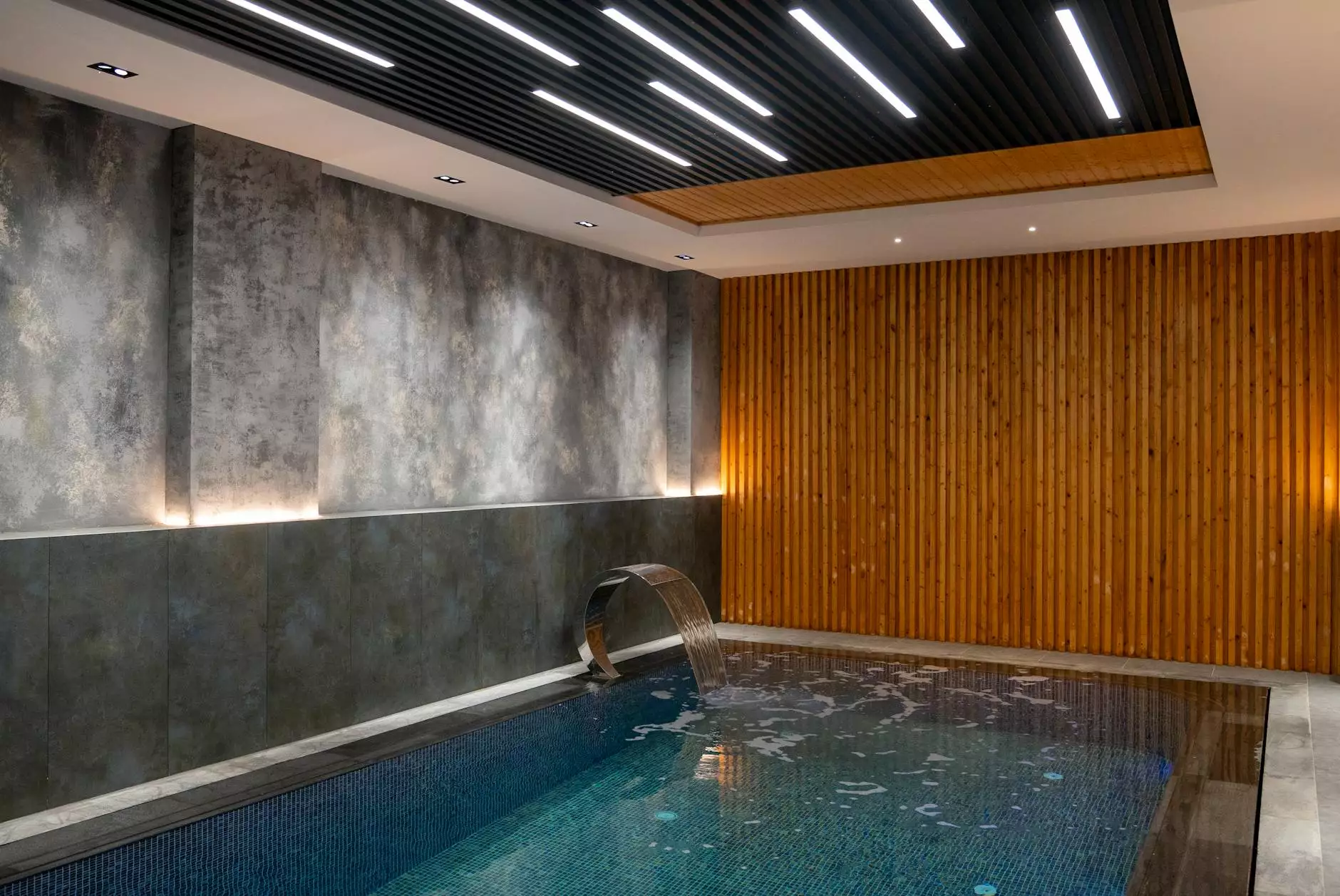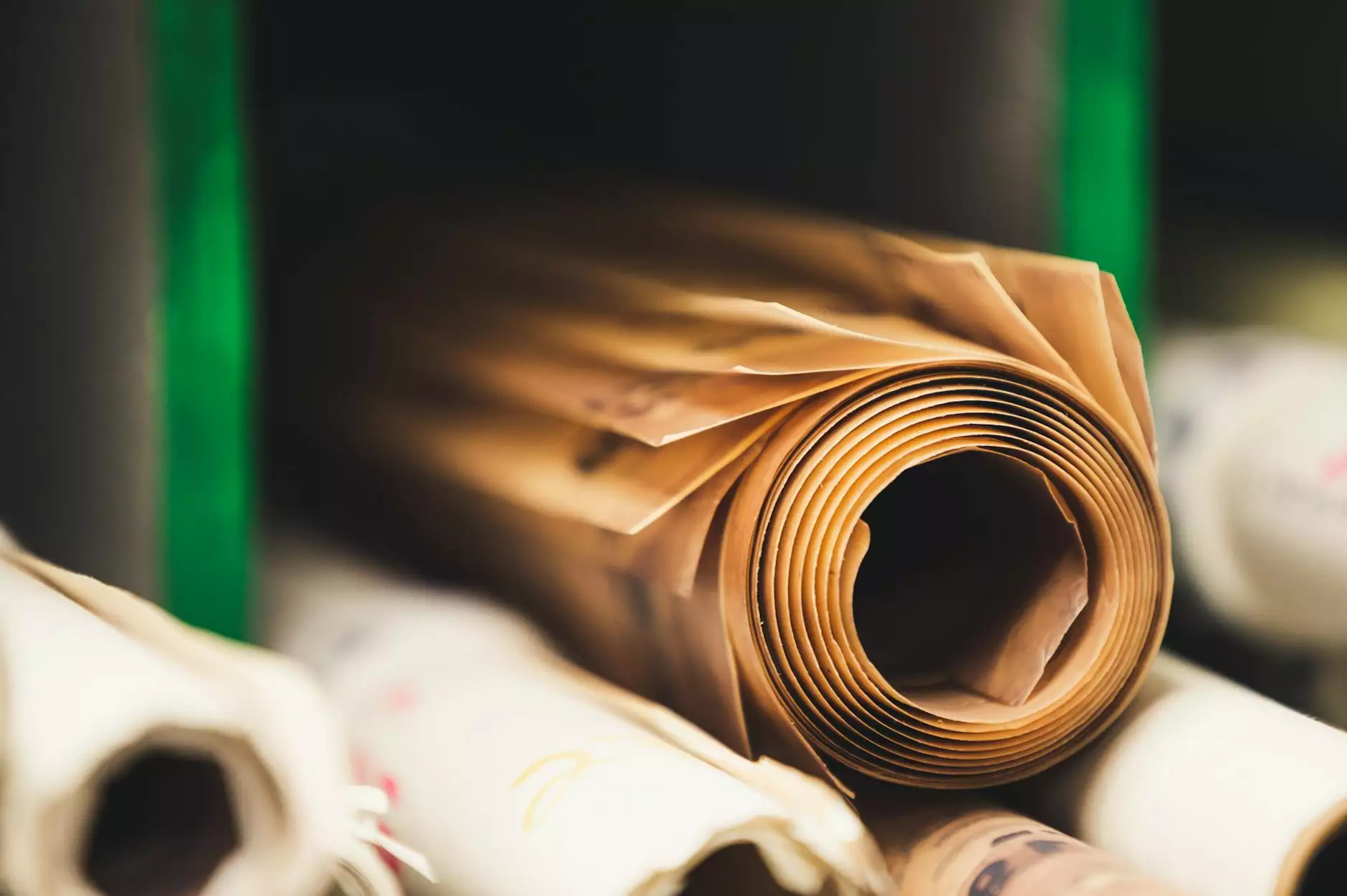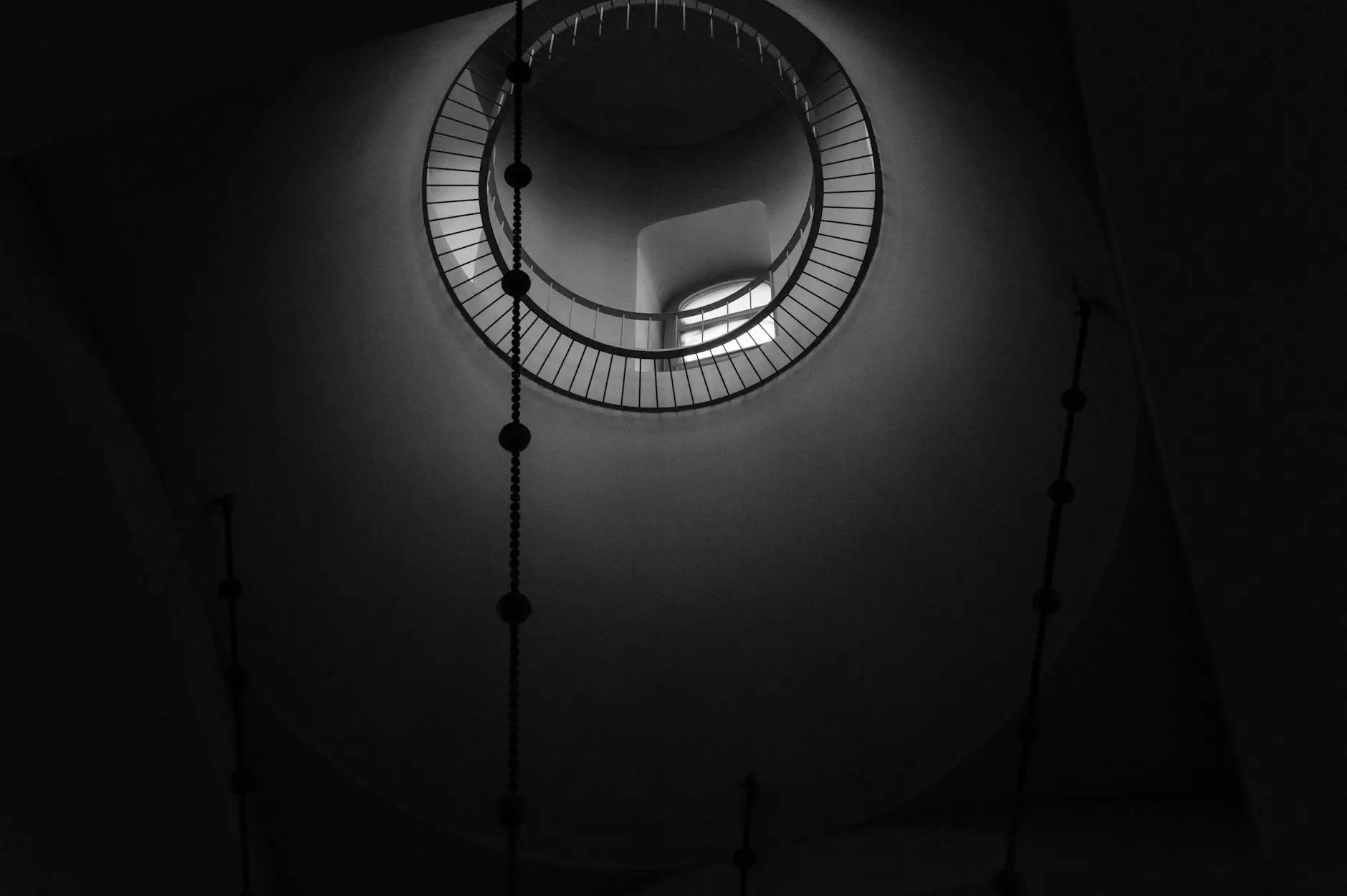Ultimate Guide to **Pool Coping Replacement**

The aesthetic and functional aspects of your pool's surrounding area cannot be overstated. One critical component that plays a pivotal role in both the appearance and longevity of your swimming pool is the pool coping. When your coping begins to show signs of wear and tear, it may be time for a pool coping replacement. This comprehensive guide will delve into the details of coping, the significance of maintaining it, and the process involved in its replacement.
What is Pool Coping?
Pool coping refers to the material that caps the pool shell and provides a finished edge. This crucial component helps to protect the pool structure, enhances the overall aesthetic appeal, and makes navigating around the pool safer. Coping can be made from a variety of materials, including:
- Natural stone
- Concrete
- Pavers
- Brick
- Tile
Why is Pool Coping Important?
The importance of pool coping cannot be underestimated for several reasons:
- Protection: Coping protects the edges of the pool and helps to prevent the underlying structure from damage caused by chemicals, water, and weather.
- Safety: A well-installed coping provides a non-slip surface, reducing the risk of accidents around the pool area.
- Aesthetic Appeal: Coping adds a finishing touch that can complement your yard's landscaping and pool design.
- Water Management: Properly installed coping helps to direct water away from the pool, preventing erosion and other damage.
Signs You Need Pool Coping Replacement
Over time, wear and tear can take a toll on your pool coping. Here are some signs that indicate it might be time for a pool coping replacement:
- Cracks or Chips: Visible damage can compromise the integrity and safety of your pool area.
- Loose Coping Stones: If the coping stones are loose, it may indicate that the underlying mortar has degraded.
- Discoloration: Fading and discoloration can detract from your pool's overall appearance.
- Water Damage: Pool coping can show signs of water damage—a call for immediate replacement to protect the pool structure.
- Increased Maintenance: If you're spending more time and money on coping repairs, it may be more cost-effective to replace it.
Choosing the Right Coping Material
When it comes to pool coping replacement, selecting the right material is essential. Here’s a breakdown:
1. Natural Stone
Natural stone coping, like granite or limestone, provides a beautiful and durable option. Its natural variations can enhance the beauty of your pool, although it often comes with a higher price tag.
2. Concrete
Concrete coping can be poured in place or made from precast blocks. It's a durable option that can be stamped or stained to mimic other materials, providing a versatile choice for homeowners.
3. Pavers
Pavers are available in various styles and colors, making them a popular option. They allow for easy replacement of individual pieces if damage occurs.
4. Brick
Brick coping provides a classic look that pairs well with many landscapes, offering durability and ease of installation.
5. Tile
Tile is a stylish option that can create a vibrant pool edge, but it requires more maintenance to avoid cracking and discoloration.
The Pool Coping Replacement Process
Replacing pool coping involves several steps to ensure that the new installation is both functional and visually appealing. The typical process includes:
1. Assessing the Damage
Before replacing the coping, a thorough assessment is required to determine the extent of damage and whether any underlying issues must be addressed.
2. Selecting Materials
Choose the right material based on your aesthetic preferences, budget, and maintenance commitments.
3. Removal of Old Coping
Carefully remove the old coping using chisels and hammers. This step requires precision to avoid damaging the pool shell itself.
4. Preparing the Surface
After the old coping is removed, clean and repair the surface before installing the new coping. Ensure that it is level and ready to support the new materials.
5. Installing the New Coping
Depending on your choice of material, installation can be performed using adhesives, mortar, or concrete. Properly align each piece and check for level as you proceed.
6. Sealing and Grouting
Once installed, sealing the coping will help protect it from water and chemical damage, ensuring its longevity.
Maintenance Tips for Pool Coping
To extend the life of your pool coping, proper maintenance is crucial. Here are some tips:
- Regular Cleaning: Clean the coping regularly to prevent buildup of algae and dirt, which can lead to deterioration.
- Inspect for Damage: Routinely check for cracks, loose stones, or other issues that can escalate into larger problems.
- Sealant Application: Reapply sealant as needed based on the material to protect against water and chemicals.
- Professional Inspections: Consider hiring professionals for periodic assessments to maintain the integrity of your coping.
Conclusion
A well-maintained pool with beautiful coping enhances your backyard experience, amplifying both value and enjoyment. Understanding the importance of pool coping replacement is essential for any pool owner. By recognizing signs of wear, choosing quality materials, and adhering to a robust maintenance routine, you can ensure your pool remains a stunning centerpiece for years to come.
For more information about pool coping replacement and other pool-related services, visit poolrenovation.com. Our team of experts is ready to assist you in transforming your pool into a safe, beautiful oasis.









